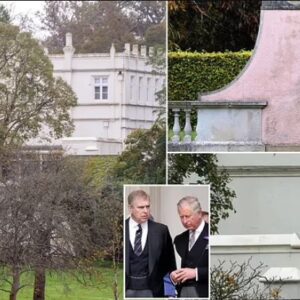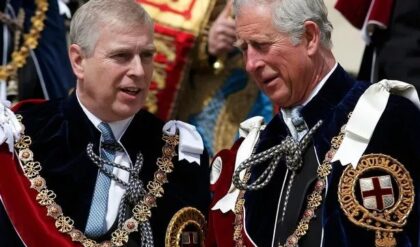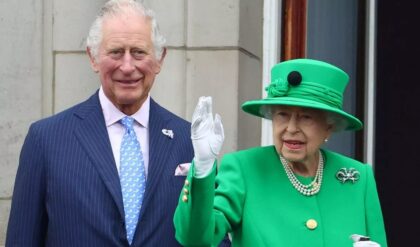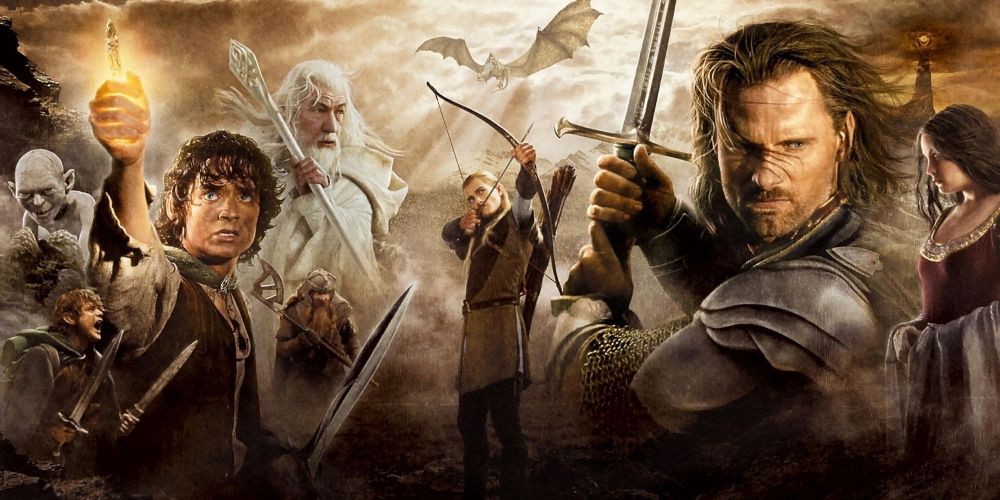
J. R. R. Tolkien’s The Lord of the Rings novel took a different approach. Tolkien treated his writing, in part, like a fictional history, so he included in the appendices meticulous timelines and descriptions of events that were not directly relevant — or at times, even known — to the stories’ heroes. While Frodo was journeying to Mount Doom and Aragorn was aiding the kingdoms of Men, Sauron’s armies were causing chaos throughout the rest of the world.
This article was updated on October 9, 2024, by Christopher Raley: Known for their expansive lore, The Lord of the Rings films barely scratch the surface of what is in the books. For that matter, Tolkien’s own Lord of the Rings narrative barely touches on all he had written about Middle-earth. In the appendices of The Return of the King, readers are given a broader look at all the War of the Ring entailed. More details were added to give greater context to the events written about here, and this article was updated to conform to CBR’s current publishing standards.
Sauron Targeted Familiar Locations From The Hobbit
Men And Dwarves Fought a Desperate Battle

Erebor and Dale were vital locations in The Hobbit, and though Tolkien gave them far less attention in his sequel, they remained important to Middle-earth. In Appendix B of The Return of the King, Tolkien outlines the Battle of Dale. Throughout the War of the Ring, the Easterlings were a looming threat to Dale’s borders. On March 14, the same day as the Battle of the Pelennor Fields, the Easterlings finally crossed the River Carnen and attacked Dale.
The Dwarves of Erebor, led by King Dáin Ironfoot, came east to aid the Men of Dale. On March 17, Dáin fell in battle, as did King Brand, the grandson of Bard the Bowman. The Easterlings overran Dale, and the surviving defenders fell back to Erebor. It was well-fortified, so the Dwarves and Men were relatively safe there, but they could not hold out forever. They were trapped under the Lonely Mountain with no way to obtain more supplies, so even if the Easterlings could not breach their defenses, they could potentially starve them out.
The Victory Against Sauron Demoralized the Easterlings
This Gave Men And Dwarves an Advantage
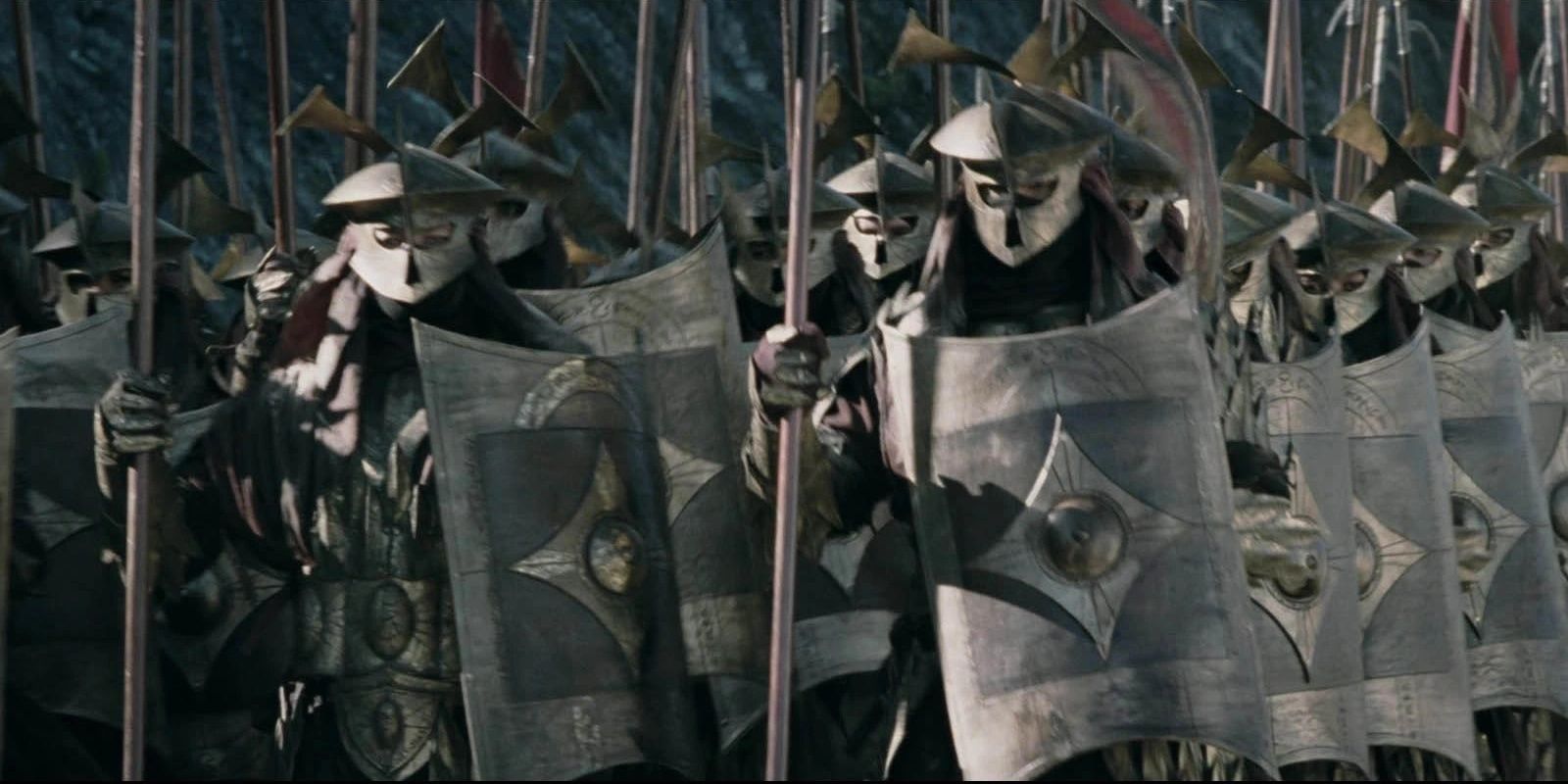
Nevertheless, the men and dwarves who were trapped under the Lonely Mountain were much better off than Thorin and Company at the end of The Hobbit. Thorin and the dwarves had little to eat and only a makeshift wall at the entrance as a bulwark against the enemy. Meanwhile, the men and dwarves who sheltered under the mountain during the War of the Ring were better provisioned and also had better defenses. They just needed an offensive advantage.
One soon came. After laying siege to Erebor for 10 days, the Easterlings received news of Sauron’s defeat. This dealt a major blow to their morale, which was exactly the opportunity that the defenders needed. Mustering the last of their strength, the Dwarves of Erebor and the Men of Dale emerged from the Lonely Mountain and attacked the Easterlings with new ferocity. They successfully pushed their enemies away from Erebor, out of Dale, and back to the land of Rhûn from which they came.
In the aftermath of the battle, Dáin’s son, Thorin III Stonehelm, and Brand’s son, Bard II, became the kings of their respective lands. Despite the tragic losses, Tolkien ended his passage about the Battle of Dale on a positive note: “[Thorin and Bard] sent their ambassadors to the crowning of King Elessar; and their realms remained ever after, as long as they lasted, in friendship with Gondor; and they were under the crown and protection of the King of the West.”
The Elven Realms Were Not Safe Either
Celeborn, Galadriel, And Thranduil Fought In the War



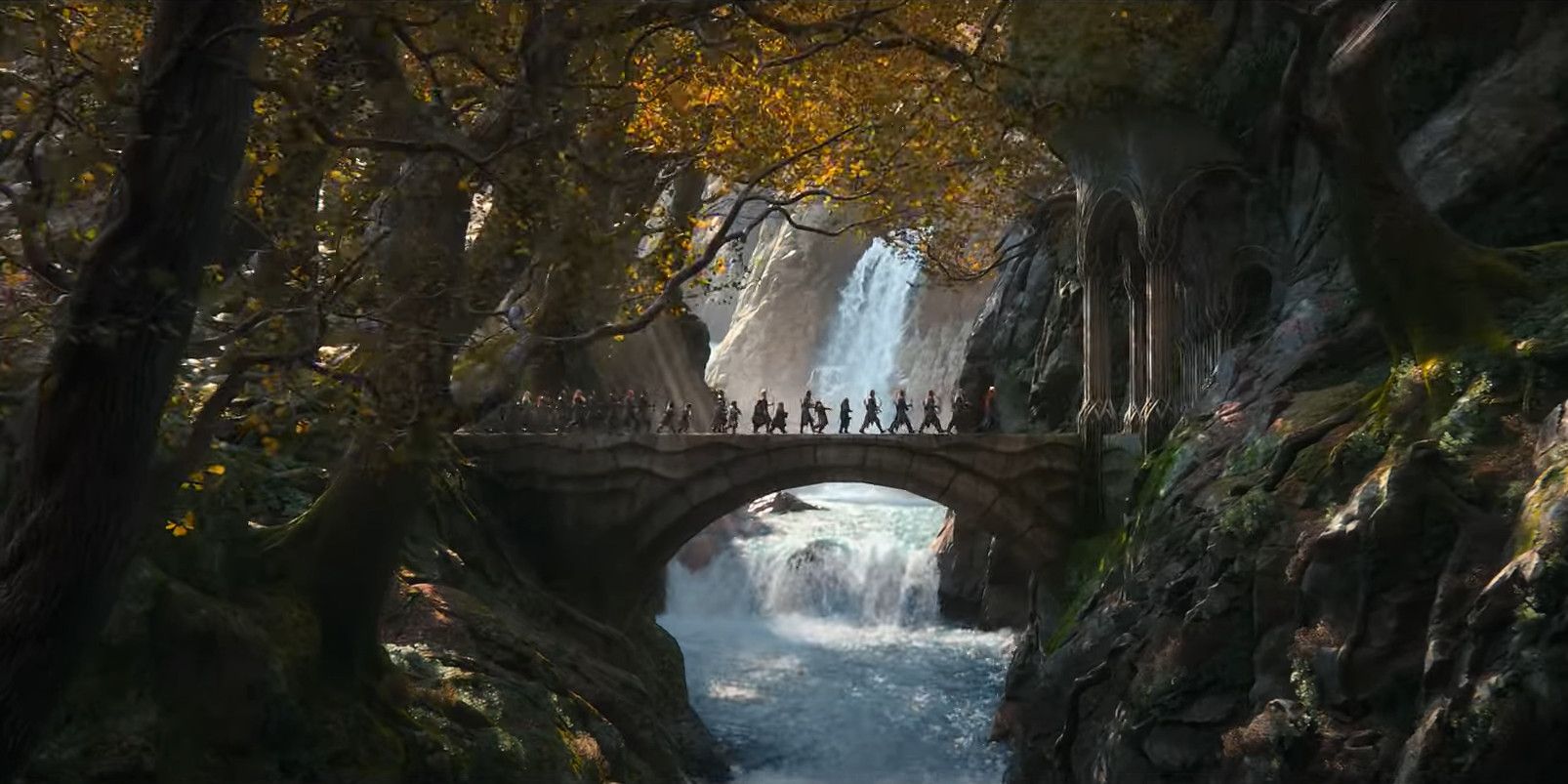
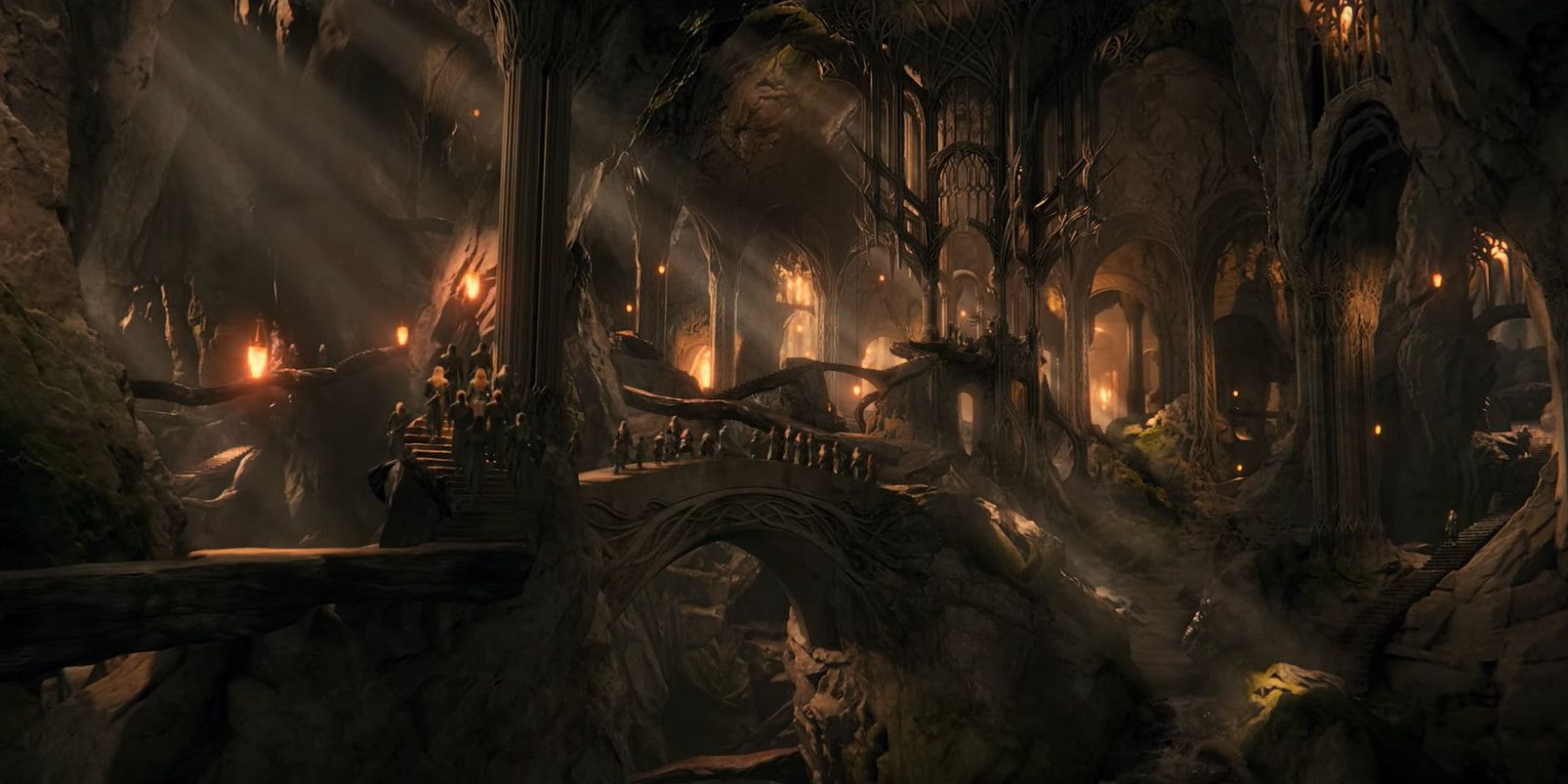







The Elven realms were places of peace and safety when the Fellowship visited them in The Lord of the Rings, but that was not always the case during the War of the Ring. Simultaneously with Sauron’s first attack on Osgiliath, he sent a band of orcs to assault the Woodland Realm, allowing Gollum to escape from Thranduil’s captivity. This timing was no coincidence; he hoped that making a strike against Gondor would distract his enemies from the fact that he was searching for the One Ring.
The next year, around the same time as the Siege of Gondor and the Battle of Dale, Sauron’s minions from Dol Guldur renewed their onslaught on the Elven realms. On March 11, they attacked Lothlórien. The members of the Fellowship had been there less than a month earlier, so it was fortunate that they departed when they did. The Elves repelled the orcs, due in large part to the power of Galadriel’s Ring. On that same day, Denethor sent Faramir to retake Osgiliath, and orcs invaded eastern Rohan.
On March 15, the same day that the formidable Witch-king broke the gates of Minas Tirith and the Rohirrim charged the field at the Battle of the Plennor, orcs attacked Lothlórien again and also attacked the Woodland Realm, but both of the Elven realms were victorious. On March 22, the same day Frodo and Sam (in Mordor) turned south toward Mount Doom, the orcs attacked Lothlórien for a third and final time, and they faced defeat once more. Though this campaign seemed to be an utter failure for the forces of evil, it still benefited Sauron because it kept the Elven armies occupied. These battles were a major reason that the Elves did not help Gondor and Rohan in the final days of the War of the Ring.
Sauron’s Very Existence Was a Threat to Middle-earth

There were also battles that Sauron caused unintentionally. Even before the War of the Ring, his very presence in Middle-earth inspired bloodshed. Around the year 2570 of the Third Age, his power stirred up dragons in the north of Middle-earth, who began terrorizing the Dwarves of the Grey Mountains. One of these dragons killed King Dáin I in 2589. Around the same time, the monstrous arachnid offspring of Shelob came to Mirkwood, attracted by the evil of Dol Guldur. Sauron rendered both the mountains and the forest mostly uninhabitable.
Further, after the War of the Ring, the forces of evil continued their attempted conquest of Middle-earth. Following Saruman’s defeat during the Last March of the Ents, he went to the Shire. It was defenseless since the Rangers of the North were busy fighting in the War of the Ring, so Saruman was able to conquer the peaceful Shire and enforce his rule through violence. Frodo, Sam, Merry, and Pippin were forced to overthrow him when they returned to the Shire after the destruction of the One Ring.
These conflicts that occurred far away from Mordor, Gondor, and Rohan, though not written in the narrative action of the books, made the story of The Lord of the Rings more realistic. Wars are complicated, and battles often spring up simultaneously in different parts of the world. In Appendix A of The Return of the King, Gandalf tells Frodo,
When you think of the great Battle of the Pelennor, do not forget the battles in Dale and the valour of Durin’s Folk. Think of what might have been. Dragon-fire and savage swords in Eriador, night in Rivendell. There might be no Queen in Gondor. We might now hope to return from the victory here only to ruin and ash. But that has been averted.
The members of the Fellowship were not solely responsible for the downfall of the Dark Lord. Many heroes in Middle-earth valiantly fought for the lives of all the free peoples.
News
‘None of us can change the past’: King Charles BACKS Keir Starmer in effectively ruling out paying billions in reparations for slavery
King Charles backed Sir Keir Starmer in effectively ruling out reparations over slavery today, saying: ‘None of us can change the past. But we can commit, with all our hearts to learning its lessons and to finding creative ways to right inequalities that…
Meghan Markle’s Suits co-star Patrick J Adams shares previously unseen photo of the Duchess while filming – and fans are all saying the same thing
Meghan Markle‘s Suits co-star Patrick J Adams has shared an unseen photo from her days as Rachel Zane on the long-running legal drama. Adams, who played Mike Ross, posted behind-the-scenes photos of the Suits cast on Instagram on Tuesday, while promoting…
Prince Andrew’s crumbling mansion is revealed: Duke’s 30-room Royal Lodge falls into disrepair with cracks and mould seen in photos – after King axed his brother’s £1m allowance
Prince Andrew’s mansion has fallen into disrepair, with cracks and mould appearing on the outside walls. Crumbling paintwork, cracks, and black mould can be seen on the outside walls where inside his beloved mother once roamed with her sister Margaret as…
King Charles is under growing pressure to refund the cash-strapped NHS – after he charged one trust more than £11m to park ambulances on his land
The King is under pressure to refund the cash-strapped NHS after it emerged he is charging one trust at least £11.4million in rent to store a fleet of electric ambulances. An investigation found the private estates of both King Charles and Prince William make millions of pounds…
Moment King Felipe snaps back after he and Queen Letizia were pelted with mud while visiting ‘abandoned’ flood survivors in Valencia: Locals say ‘what did he expect’ as fury grows – and death toll reaches 217 with bodies of two more Brits found
Spain‘s King Felipe was seen snapping at Valencian locals who screamed and threw mud at him and his wife as they visited the region in the wake of the devastating floods that have so far killed 217. The monarchs had…
Outer Banks Season 4’s Mid-Season Twist, Explained
This is a pinch-me-moment because one of the best shows on Netflix has finally returned. Season 4 of the hit Netflix series Outer Banks is here, and it is needless to say each episode is its very own rollercoaster of emotions, inside jokes, and…
End of content
No more pages to load


